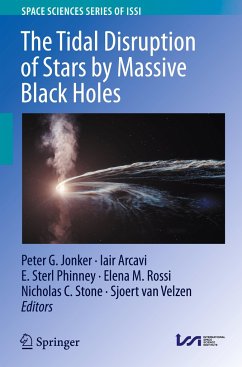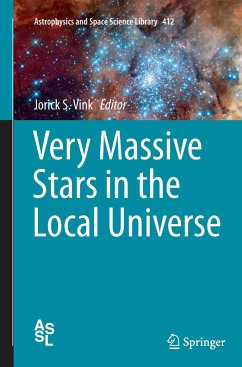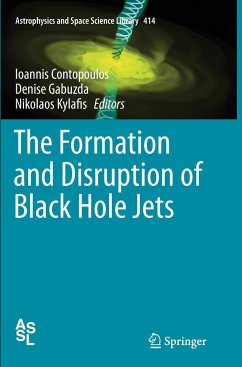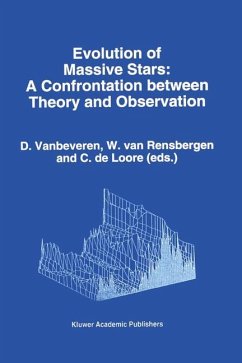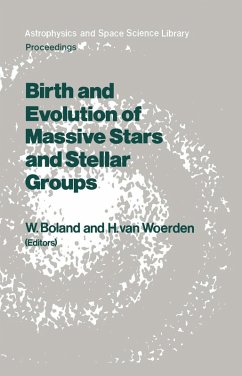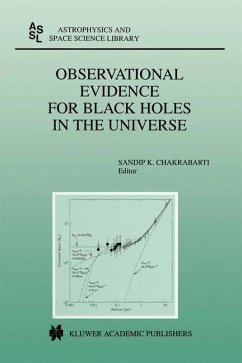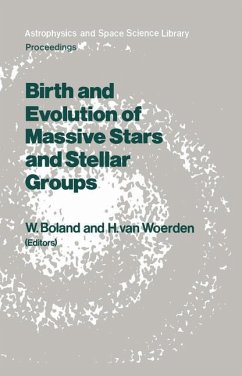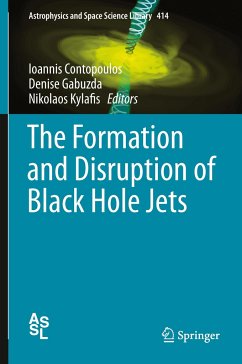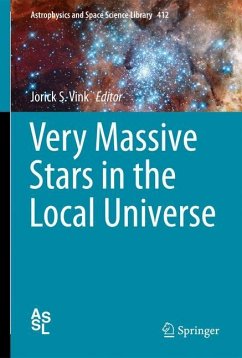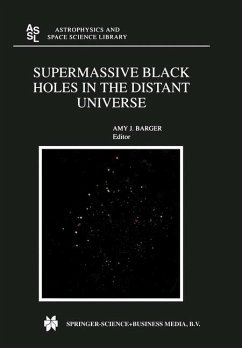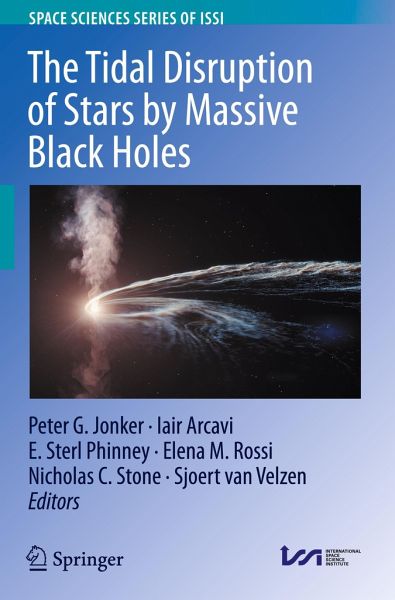
The Tidal Disruption of Stars by Massive Black Holes
Versandkostenfrei!
Versandfertig in 1-2 Wochen
130,99 €
inkl. MwSt.

PAYBACK Punkte
65 °P sammeln!
This volume provides an overview of the fast-developing field of tidal disruption events. For several decades, astronomers speculated that a hapless star could wander too close to a massive black hole and be torn apart by tidal forces. Yet it is only with the recent advent of wide-field transient surveys that such events have been detected.Written by a team of prominent researchers, the chapters detail the discoveries made so far in this burgeoning field of study across the entire electromagnetic spectrum, from gamma-rays through X-rays, ultra-violet, optical, infrared, and radio. In addition,...
This volume provides an overview of the fast-developing field of tidal disruption events. For several decades, astronomers speculated that a hapless star could wander too close to a massive black hole and be torn apart by tidal forces. Yet it is only with the recent advent of wide-field transient surveys that such events have been detected.
Written by a team of prominent researchers, the chapters detail the discoveries made so far in this burgeoning field of study across the entire electromagnetic spectrum, from gamma-rays through X-rays, ultra-violet, optical, infrared, and radio. In addition, they show how tidal disruption events can be used to study the properties of otherwise undetectable supermassive black holes; the populations and dynamics of stars in galactic nuclei; the physics of black hole accretion, including the potential to detect relativistic effects near a SMBH; and the physics of (radio) jet formation and evolution in a pristine environment.
Finally,the book outlines important outstanding questions about TDEs. With more than 100 color images, the volume will be useful to researchers and others interested in learning more about this promising area of astrophysics.
Previously published in Space Science Reviews in the Topical Collection "The Tidal Disruption of Stars by Massive Black Holes"
Written by a team of prominent researchers, the chapters detail the discoveries made so far in this burgeoning field of study across the entire electromagnetic spectrum, from gamma-rays through X-rays, ultra-violet, optical, infrared, and radio. In addition, they show how tidal disruption events can be used to study the properties of otherwise undetectable supermassive black holes; the populations and dynamics of stars in galactic nuclei; the physics of black hole accretion, including the potential to detect relativistic effects near a SMBH; and the physics of (radio) jet formation and evolution in a pristine environment.
Finally,the book outlines important outstanding questions about TDEs. With more than 100 color images, the volume will be useful to researchers and others interested in learning more about this promising area of astrophysics.
Previously published in Space Science Reviews in the Topical Collection "The Tidal Disruption of Stars by Massive Black Holes"



